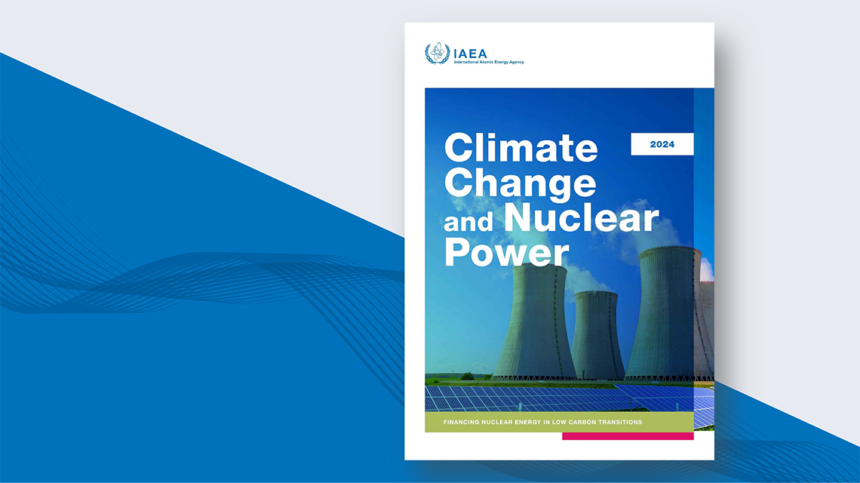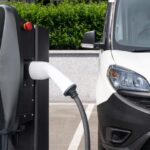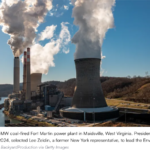The recent IAEA report highlights the critical need for a significant boost in nuclear energy investments to achieve global climate targets. The report, unveiled at the Clean Energy Ministerial in Brazil, outlines a roadmap for expanding nuclear power capacity and emphasizes its crucial role in reaching net-zero emissions by 2050.
According to the IAEA’s high-case scenario, nuclear power capacity needs to increase substantially from its current levels by 2050 to play a key role in the clean energy transition. This ambitious growth is essential for providing a stable, low-carbon energy source that complements intermittent renewables like wind and solar.
To achieve this expansion, the IAEA estimates that annual global investment in nuclear energy must rise dramatically:
- Current investment: ~$50 billion per year (2017-2023 average)
- Required investment: $125 billion per year to meet IAEA’s high-case projection
- Aspirational investment: $150+ billion per year to triple capacity (as pledged by 20+ countries at COP28)

Nuclear Capacity Growth Projections
The latest projections show a significant increase in nuclear power capacity by 2050:
- Current capacity (2023): 372 GWe
- Low case scenario for 2050: 514 GWe (40% increase)
- High case scenario for 2050: 950 GWe (2.5 times increase)
These projections represent a 7% increase in the high case and an 11% increase in the low case compared to last year’s report, indicating growing optimism about nuclear energy’s role in the future energy mix.
Regional Growth Projections
The report provides a breakdown of projected nuclear capacity growth by region:

Central and Eastern Asia is expected to see the most significant growth, potentially tripling its nuclear capacity by 2050.
Financing Challenges and Opportunities
IAEA Director General Rafael Mariano Grossi acknowledges that while nuclear power plants are cost-competitive over their long lifespans, securing upfront capital remains a significant hurdle, especially for market-driven economies and developing nations. The report emphasises the need for increased private sector involvement and engagement with multilateral development banks to expand financing options. Recent developments in sustainable finance frameworks, such as the European Union’s taxonomy for sustainable activities, have opened new doors for nuclear project funding. In 2023, the first green bonds for nuclear projects were issued in Finland and France, marking a significant milestone.
Small Modular Reactors: A Growing Share
The IAEA’s projections show an increasing role for small modular reactors (SMRs) in future nuclear capacity:
- Low-case scenario: 6% of new capacity from SMRs
- High-case scenario: 24% of new capacity (nearly 140 GWe) from SMRs
SMRs are particularly attractive for emerging markets and developing countries due to their smaller size, lower upfront costs, and potential for deployment in remote areas.
Overcoming Challenges
To meet or exceed the high-case projections, the IAEA report outlines several key areas that require attention:
- Supportive national policies
- Improved financing mechanisms
- Investments in grid infrastructure
- Supply chain standardization
- Regulatory collaboration and global harmonization (especially for SMR development)
- Skilled workforce development
- Stakeholder engagement and public acceptance
The Path Forward
The IAEA’s report makes a compelling case for policy reform and international partnerships to bridge the nuclear financing gap. As countries strive to meet their climate commitments, the role of nuclear power in providing clean, reliable baseload energy becomes increasingly critical.
With the right investments, regulatory frameworks, and global cooperation, nuclear energy can play a pivotal role in decarbonising the world’s energy systems and achieving net-zero emissions by mid-century. The challenge now lies in mobilizing the necessary capital and political will to make these ambitious projections reality.





